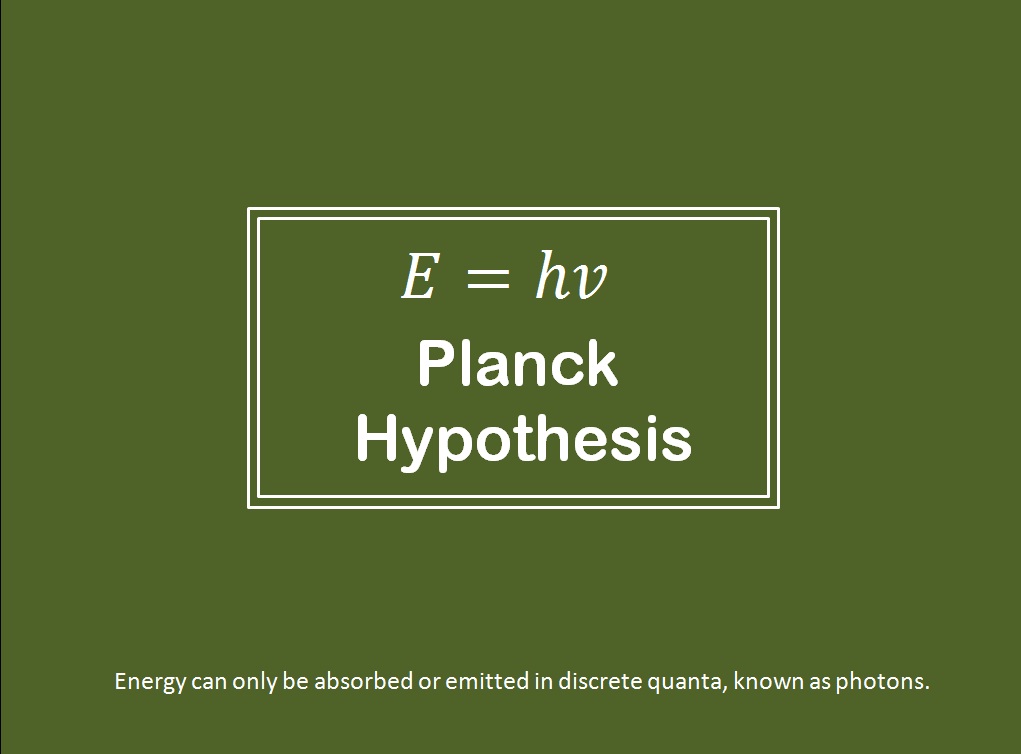
Hands down, this is kind of an advanced topic so if you are not familiar with it, that is okay.
The usual way we measure temperature is through a thermometer. We have an intuitive sense of the temperature for everyday objects. In high school, you learn that temperature is related to the kinetic energy of a system: KE = 3/2kT; 1/2kT for each “degree of freedom”. However, the definition of temperature gets more refined in statistical mechanics. Here, we define temperature (actually, reciprocal of temperature) as a measure of the rate of change of entropy with respect to the energy of a system (loosely speaking). Note that we are talking about the absolute temperature (Kelvin). Entropy is not just the state of disorder of a system, rather a measure of how many ways it can get disordered (and ordered).
Sounds confusing? I don’t blame you! You can learn more about entropy here:
For more clear and technical explanation, watch this:
For more equations, see Famous equations in Physics












